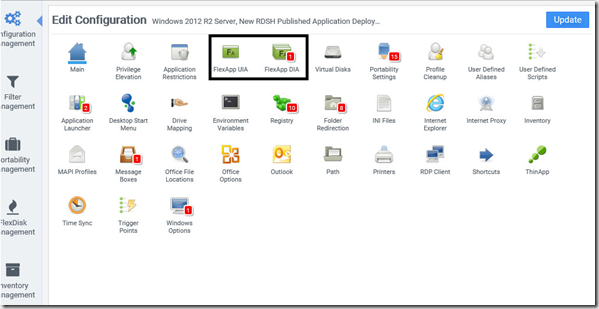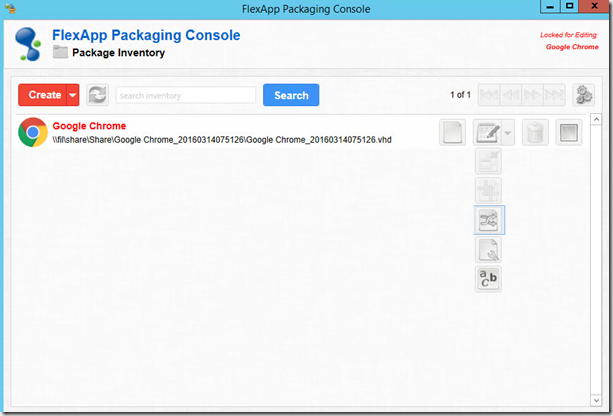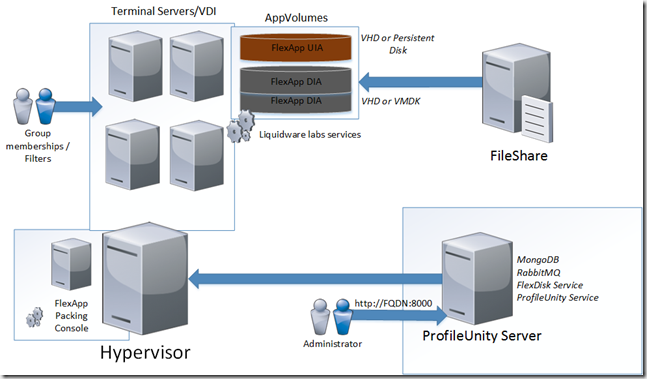After I initially published my blogpost on Application Layering vs Application Virtualization, https://msandbu.wordpress.com/2016/02/05/application-virtualization-vs-application-layering/
I got more in-depth of the different technologies out there, and sure I didn’t cover all of them I just focused on the ones I found the most interesting. Now at this time when I was working on this type of technology I stumbled across Liquidware labs, when they just announced their Micro Isolation feature on Twitter.
My Initial thought was “huh…” That was my first mistake since I assumed that Liquidware Labs was only doing UEM, which I haven’t done alot of work on, but boy was I wrong…
After digging into the technology now for the course of the last month I noticed they have alot more to offer besides UEM functionality. Now one of the core products ProfileUnity is their UEM offering, as part of this they have they FlexApp feature which is their layering feature.
NOTE: that like other layering technologies FlexAapp uses filter drivers to control the merging of the different layers into the operating system.
Now FlexApp supports two types of distinct layering capabilites
- FlexApp DIA (Applications that are prepackaged using the packing console which then can be delivered to a VDI/RSDH enviroment or to a clean physical desktop) Using the packing console we can easily do changes to the package, clone it, add scripts and so on. DIA can be attached to a desktop either using a VHD file or as an VMDK also known as a FlexDisk.
- FlexApp UIA ( Allows endusers to install their own applications on a custom VHD or to a persistent disk without requering administrators to prepackage application to them.
Now these features are configured from the ProfileUnity server, and can be assigned to a AD group, user and can also be configured using the filter engine that liquidware labs has.
Using the filter management option in ProfileUnity I can pretty much make a filter based upon anything I want which allows me to customize my configuration and FlexApps deployments even further
Now on top of this they have for instance the Micro Isolation feature which is an issue for some of the other layering capabilities.
So what does the Micro Isolation feature do ?
So let us say that we have two application layers within each layer we have one single application. Both of these applications require the same DLL file but require different versions of this DLL file as part of their requirement.
If we then deploy both this layers to an endpoint we will get a conflict where for instance the last layer wins. Using micro isolation, what happnens is that the Micro Isolation feature will redirect the application request to the dll file back to within its own container. This feature will then essentially make sure that we do not get any application conflicts, which in essence has been one of the key points for application virtualization.
Now this has been a quick glimse of Liquidware labs and their application layering feature. I do belive that having application layering as part of an UEM stack makes alot of sense. Since it all a part of delivering context to an end-user session, because at the end of the day we need a solution that empowers the users in order for them to work flexible and making it easier for us IT-admins to still be in control and still making management easy.




